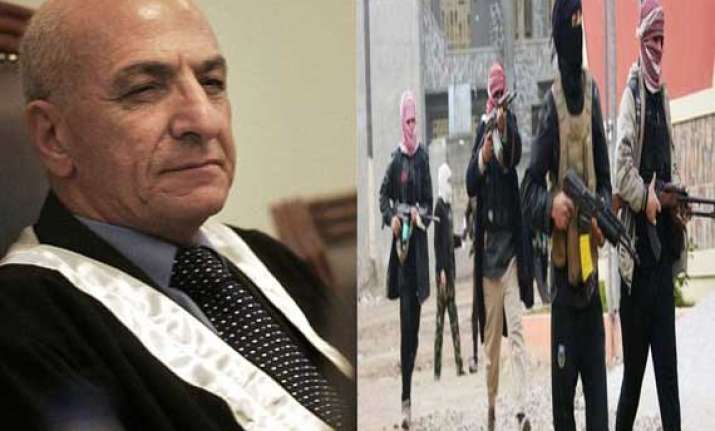


Iraq was able to hurt the Western economy when it participated in the oil boycott against Israel's supporters. Iraq joined in the Arab-Israeli War but was defeated when Israeli troops counter-attacked on 8th October. Two days later the Egyptian Army crossed the Suez Canal while Syrian troops entered the Golan Heights. On 6th October 1973, Egyptian and Syrian forces launched a surprise attack on Israel. In March 1970 the government promised to grant the Kurds a degree of autonomy. The Ba'ath Party government ruthlessly suppressed opposition but it did agree to enter negotiations with the Kurdish Democratic Party (KDP). This included Deputy Chairman of the Revolutionary Command Council (1968-1979). Over the next ten years Saddam Hussein held several important political posts in the government. He quickly nationalized the Iraq Petroleum Company and introduced wide-ranging social and economic reforms.

Another military coup on 17th July 1968 brought to power Ahmad Hasan al-Bakr. When Abd al-Salam Aref was killed in an air crash on 13th April 1966 he was replaced by his brother General Abdul Rahman. Saddam Hussein, who was by this time the leader of Jihaz al-Hunein, was imprisoned and was not released until 1966. Ahmad Hasan al Bakr left the government later that year when right-wing military leaders ousted the Ba'ath Party from power. As well as nationalizing the oil industry the new government developed close links with Gamal Abdel Nasser and his government in Egypt. Colonel Abd al-Salam Aref became the new president and Ahmad Hasan al-Bakr served as prime minister. Kassem's moderate policies lost him the support of the Ba'ath Party and he was executed after a military coup in February 1963. Later that year Saddam Hussein was forced to flee to Egypt after being implicated in the attempted assassination of Kassem. Nuri es-Said attempted to escape from Baghdad disguised as a woman but he was captured and executed on 14th July, 1958.Īs a result of the Iraqi Revolution, the Arab nationalist, Abdul Karim Kassem, became the country's new leader and in 1959 Iraq withdrew from the Baghdad Pact. In July 1958, King Faisal II and his entire household were assassinated during a military coup. During this period he became a street-gang leader that was opposed the British-created Hashemite monarchy. in 1957 joined the Ba'ath Party, a radical, pan-Arab nationalist doctrine. In 1955, Saddam went to live with his uncle in Baghdad and was educated at Karkh High School. The Sunnis also provided a disproportionate number of the country's military officers. However, the Sunnis dominated Iraq's political life. Orthodox Sunni Arabs are only about 15% of Itaq's population and are completely outnumbered by the Shias in the south (approximately 60%) and the Kurds in the north. Tikrit was an area controlled by Sunni Muslems. At first to animals but in his teens he murdered a shepherd from a nearby tribe. His step-father was extremely stick and he was regularly beaten with an asphalt-covered stick. His father died before his birth and the family lived in extreme poverty until his mother, Sabha, took a third husband, Hassan Ibrahim. Saddam Hussein, the son of a landless peasant, was born in Tikrit in 1937.


 0 kommentar(er)
0 kommentar(er)
